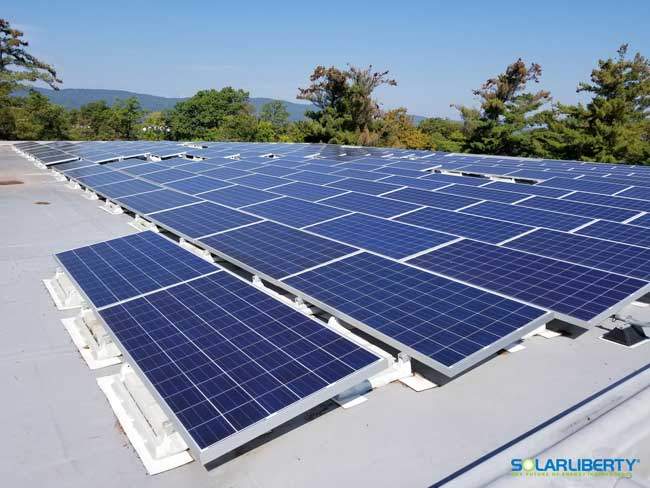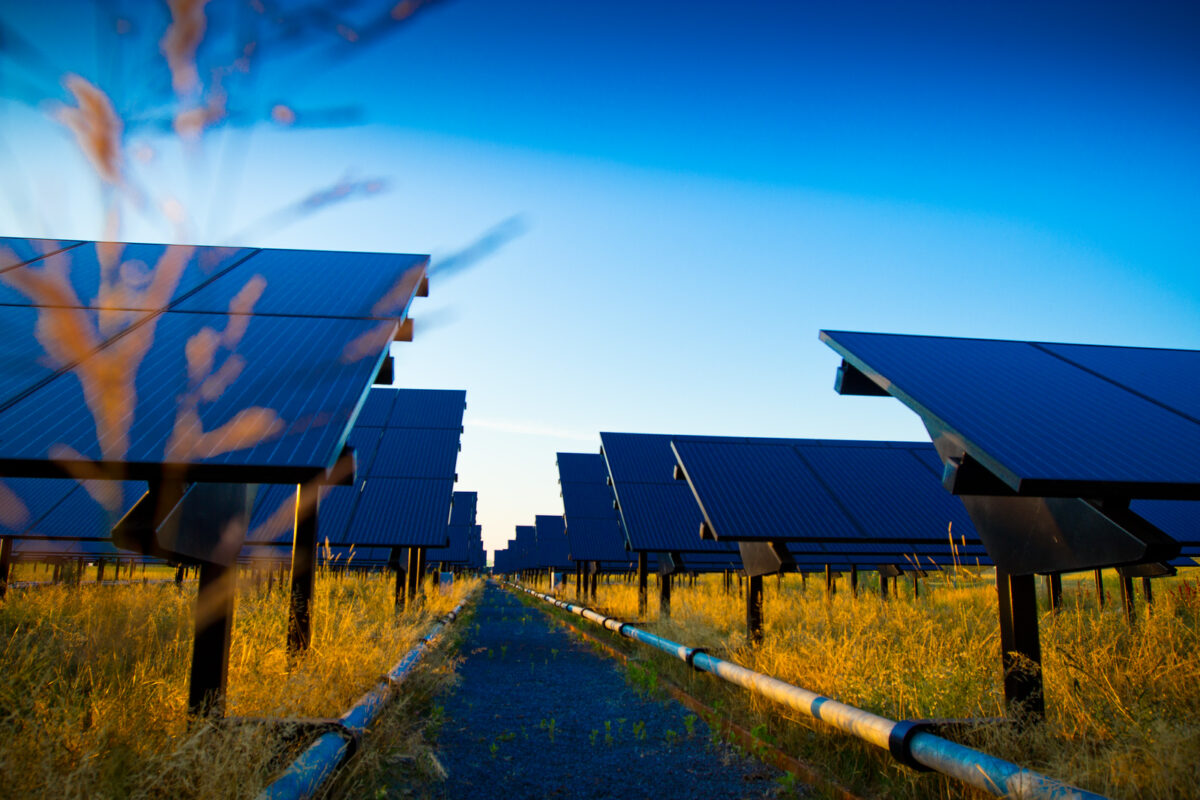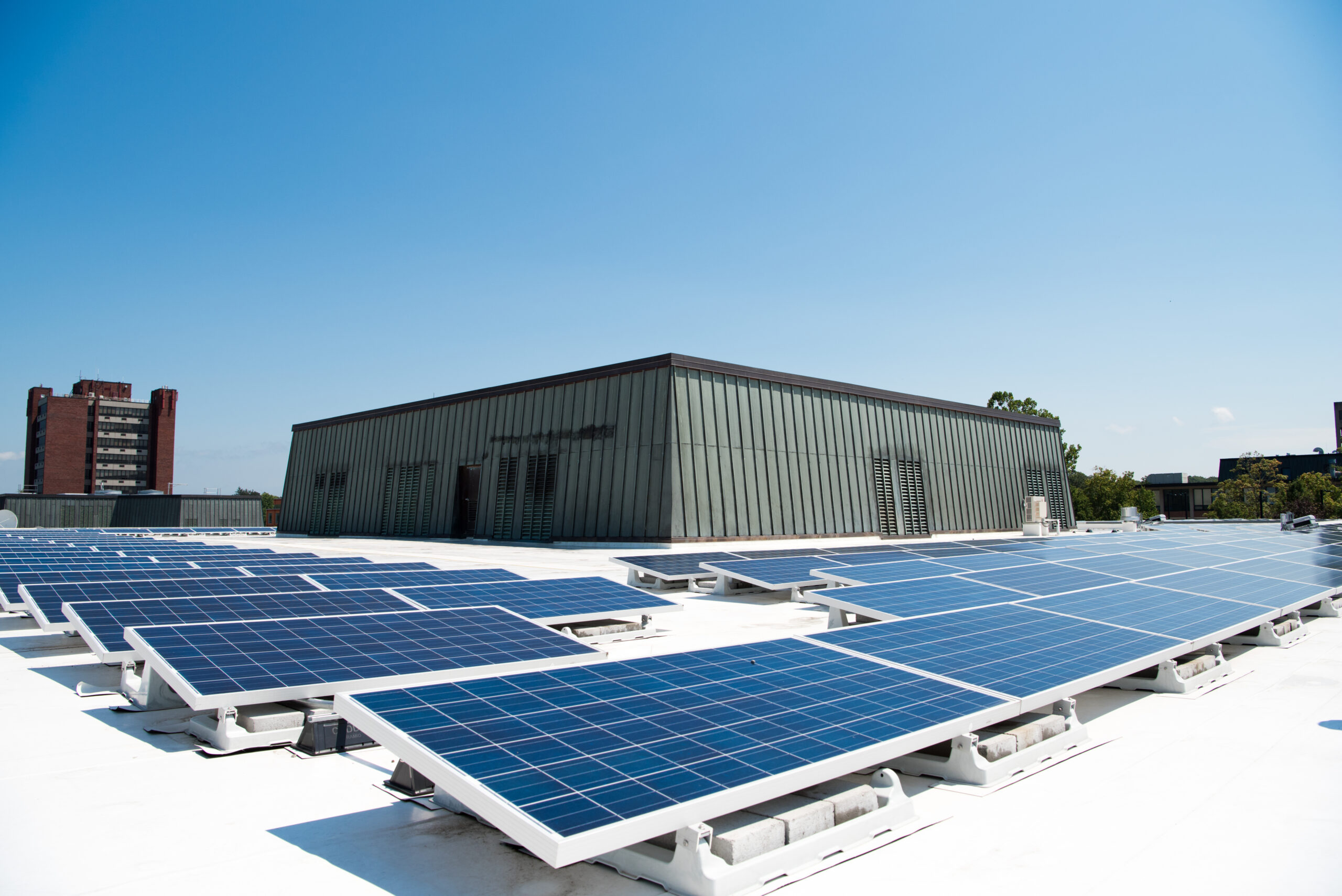Understanding How Solar Panels Work

Solar energy is increasingly popular among homeowners. It isn’t just environmentalists who use or advocate for renewable energy sources. Rather, many people today want a sustainable, cost-efficient lifestyle. For this reason, it’s important for anyone to understand how solar panels work. You’ll see how the switch from coal-derived electricity to solar panels avoids reliance on utility companies.
From Rays to Currents
The first stage in the solar energy process is when the solar panels convert the sunlight into direct current (DC) electricity. This means that electrons move in one direction on a circuit. The direct current converts into alternating current (AC) through an inverter. Solar inverters also administer rapid shutdown per the National Electrical Code, monitor and show energy production, and provide maximum power point tracking in microinverters and optimizers. The AC electricity is usable electricity to power your home and appliances.
The Photovoltaic Effect
Solar panels are composed of photovoltaic cells. These cells are semiconductors that generate electric currents when exposed to sunlight or photons. Each panel uses multiple cells to capture the solar radiation. A tempered glass casing protects the solar cells from external elements, while an insulated back sheet keeps them cool. There are two types of cells used in solar panels today: monocrystalline and polycrystalline. Monocrystalline cells are single silicon crystals that allow more room for electrons to move around, which provides a more efficient absorbency of photons. On the other hand, polycrystalline is composed of silicon crystal fragments but are cheaper and less efficient. Either way, once solar cells absorb the solar radiation, electrons move to create the direct electrical current. Wires capture the direct current and carry the DC electric to the inverter for conversion to usable alternating current (AC).
Residential or Commercial Purpose
Now that you understand how solar panels work, you can see how this energy powers residential and commercial buildings. Homes, apartments, schools, universities, or businesses can install solar panels onto their roof or ground space to convert radiation from the sun into usable AC electricity. As a renewable resource, it greatly cuts utility costs and the reliance on nonrenewable energy.
For professional solar + storage installations, including solar battery installation, on your residential or commercial property, call us at Solar Liberty. Our solar + storage systems allow complete energy independence. The power-on-demand provides zero reliance on utility companies, and you can recharge the battery once it depletes.




